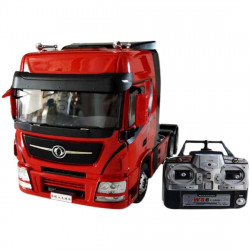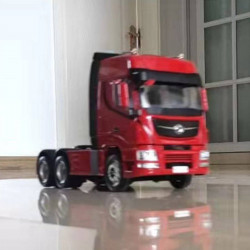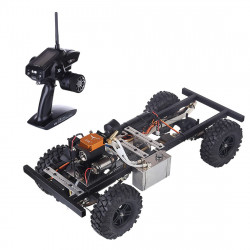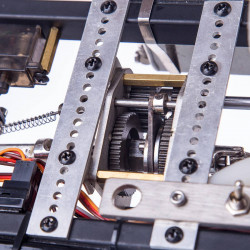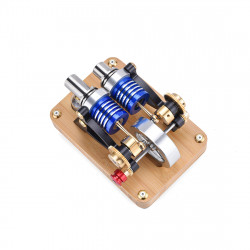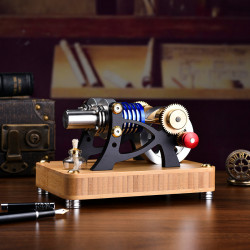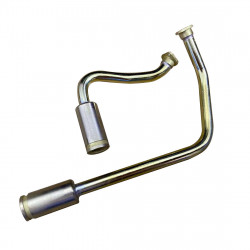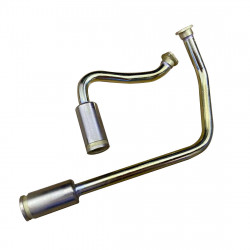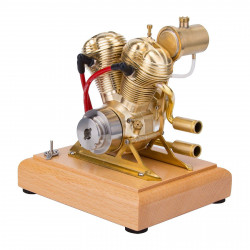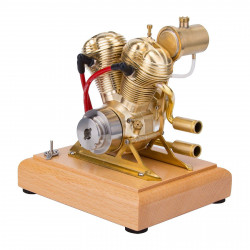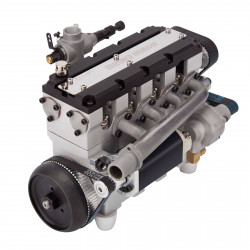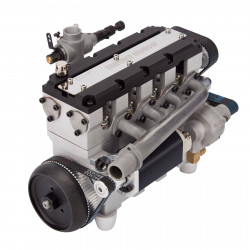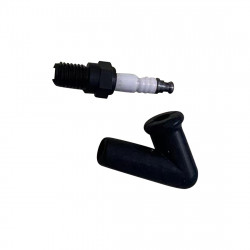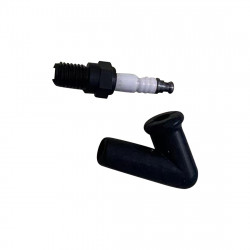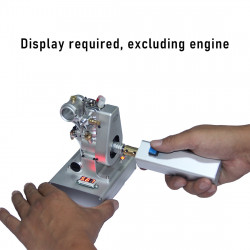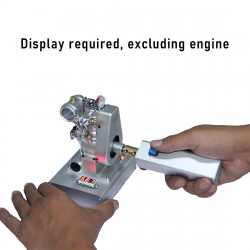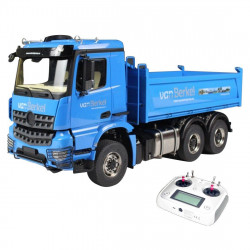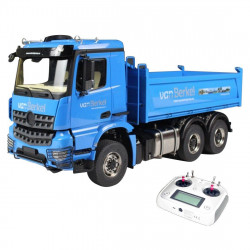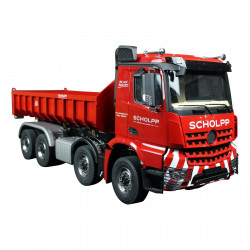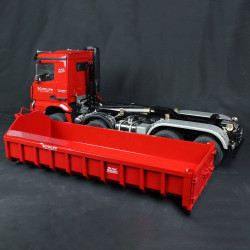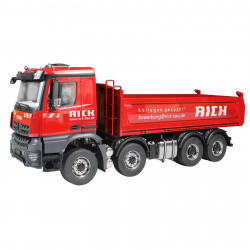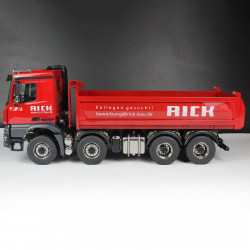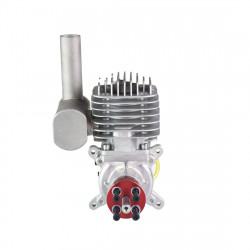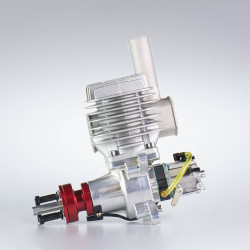Where are RETROL Engines Made?
For internal combustion engines and its parts, RETROL is a reliable supplier. You won't find a more reliable manufacturer of model internal combustion engines, such as stationary engines, v twin engines, tractor engines, gas engines, and models, with over 30 years of experience in ICE engine machining. You don't have to machine your own model engine because all of our models come as sets of finished engines with all required parts. All set to run.
Where To Buy RETROL Engines?
For fans of model IC engines, model engine builders, model engine clubs, miniature engines, and more, V8engineforsale offers a variety of excellent RETROL model engines. For people who enjoy internal combustion, steam engines, and operational sterling model engines, V8engineforsale.com is a professional engine store! You'll find V8engineforsale fascinating, educational, and enjoyable regardless of your level of experience, whether you're a novice, an expert, have built a few engines, are looking to the future, or simply love reading about these amazing little engines! We produce an excellent selection of micro scale models in kit that are fully machined. V8engineforsale.com offers miniature model engines to more than 10,000 clients worldwide.
